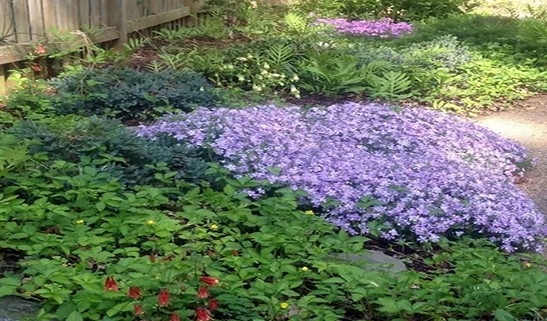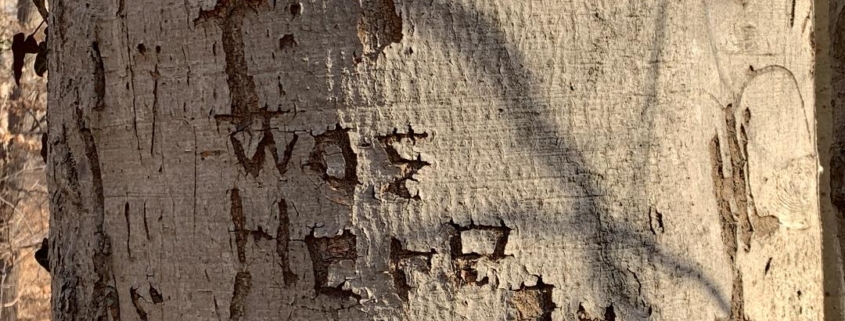Mira, A Spectacular Variable Star
The Online Planetarium (In-The-Sky.org) star map snap shot, showing the location of Mira (circled) at 5:00 AM on June 15, 2023 in the eastern sky. Mira might be hard to see until later in the summer.
Illustrations and article by FMN Stephen Tzikas
When does a bright star come out of nowhere, rise in the east, and attract a gathering of followers? It might sound like a familiar story about a star in the east a couple millennia ago. However, this star repeats a cycle every 11 months, and is an attention getting event in the constellation Cetus. The star is Omicron Ceti, otherwise known as Mira by its common name. It is my favorite variable star and I track it continuously when it is not behind the Sun, which makes it unobservable for a few months. Mira is unique in that its brightness varies from nearly a magnitude of 2 to dimmer than magnitude 9. This means that at its brightest, it is one of the brightest stars in the sky. At its dimmest, it is invisible and a telescope is needed to see it. One can watch it over the weeks, even as short as days, and see it growing brighter and then dimmer. Serious observers like myself will submit their observations to the American Association of Variable Star Observers (AAVSO). There are many other variable stars that one can observe, and some of them have cycles that are entirely naked eye. But observing with binoculars opens many opportunities. There are many reasons why a star can regularly vary in brightness.
Mira is part of a group of variable stars called long-term Mira variables, named after Mira itself, the most famous

Light curve for Mira produced by all observers, including the author. Notice the sinusoidal manner in which Mira varies in brightness over the months and years. The orange markers are the author’s contributions.
of this type of star. Mira type variable stars are red giant stars in the later stages of evolution, and they pulsate with cycles longer than 100 days, and with amplitudes greater than 2.5 in visual magnitude. They will eventually become white dwarf stars at the center of a planetary nebula, the remains of the original star’s dissipated outer envelope.
I track the brightness of Mira by comparison to the known brightness magnitudes of neighboring stars that do not change in magnitude. When at its brightest, I track Mira’s changes in magnitude visually. When it is dimmer, by binoculars. At its dimmest, I need a telescope.
Mira will be at brightest again in June 2023. Mira just passed its dimmest magnitude in January 2023. The challenge this year is that Mira will be its brightest at early dawn rising in the eastern sky. That may make it unfavorable for some people to see, but as we get into the summer months, Mira will be higher and higher in the eastern sky before sunrise and probably still a naked eye object depending on your location’s light pollution.
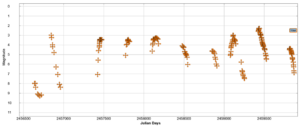
Light curve specific for the author’s input since 2013, with other observer contributions removed. This contribution is thus one part of a more complete light curve.
One can check the magnitude of Mira on the AAVSO website (https://www.aavso.org/). Besides Mira there are other common naked eye variable stars that can be observed. Learn more at: https://www.astroleague.org/al/obsclubs/variablestar/VSOIntroduction.html, the Astronomical League’s variable star program.


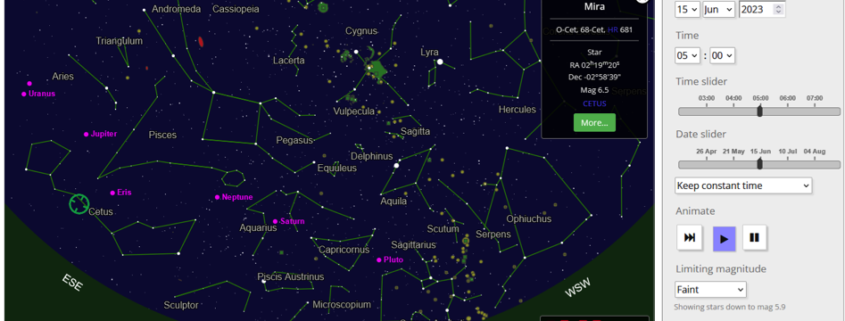
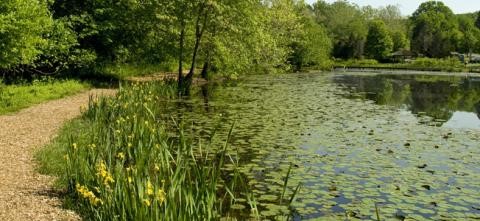
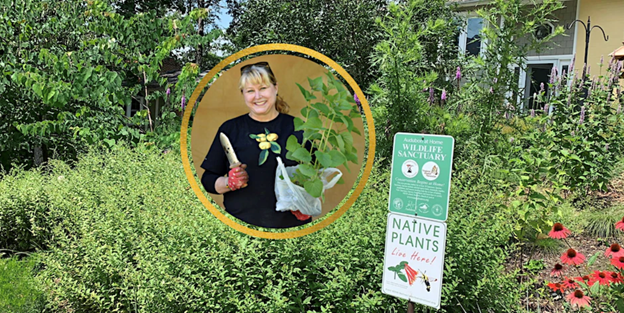

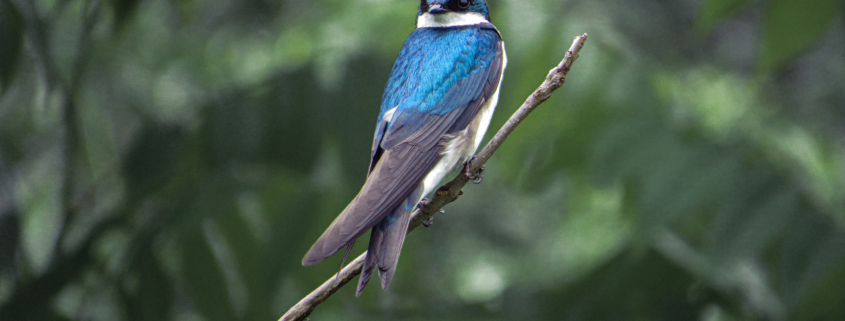
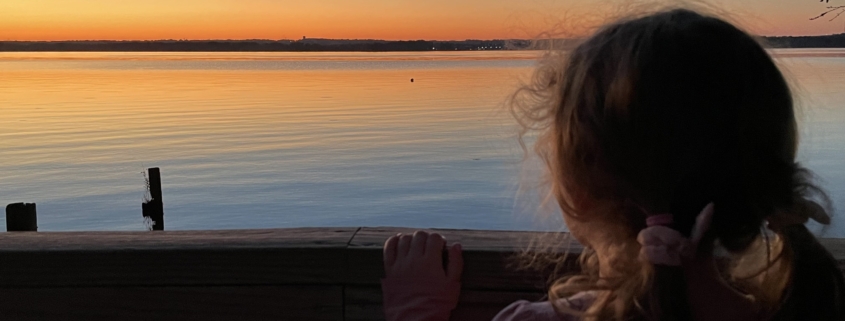
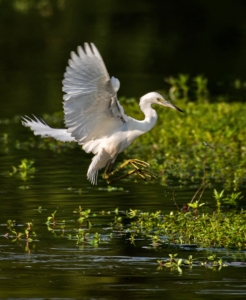


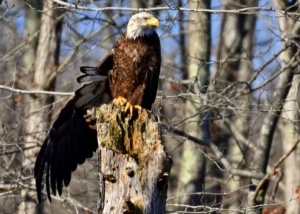
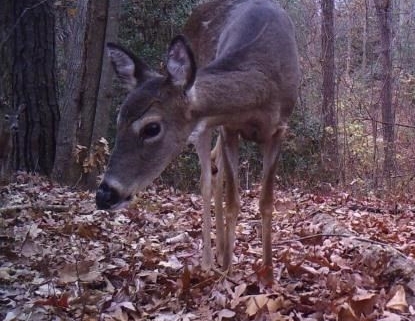
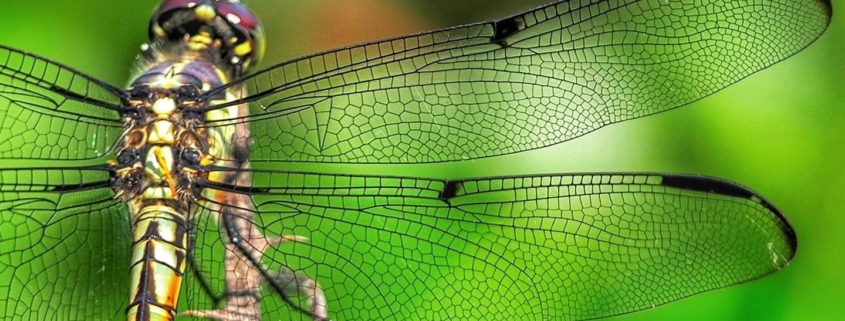

 New projects may be requested by FMN volunteers at any time by submitting a Project Proposal form. The form is available on the VMN web site buried in their vast reference libraries, so it is easier to request a form by emailing a request to
New projects may be requested by FMN volunteers at any time by submitting a Project Proposal form. The form is available on the VMN web site buried in their vast reference libraries, so it is easier to request a form by emailing a request to 